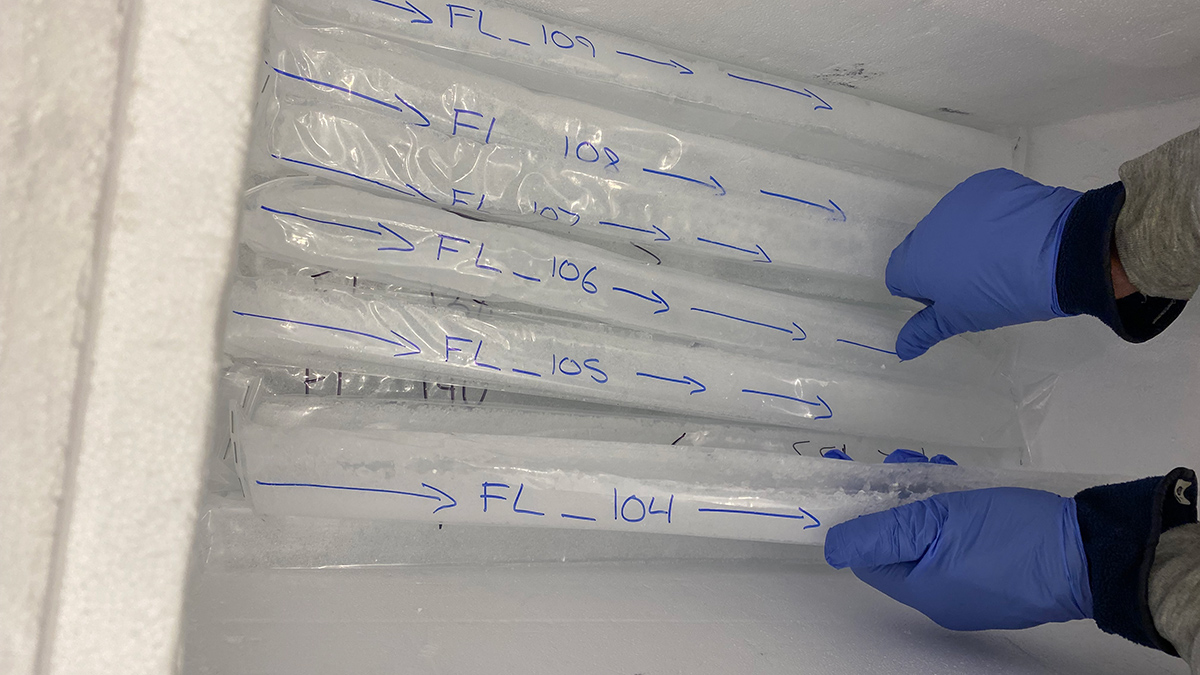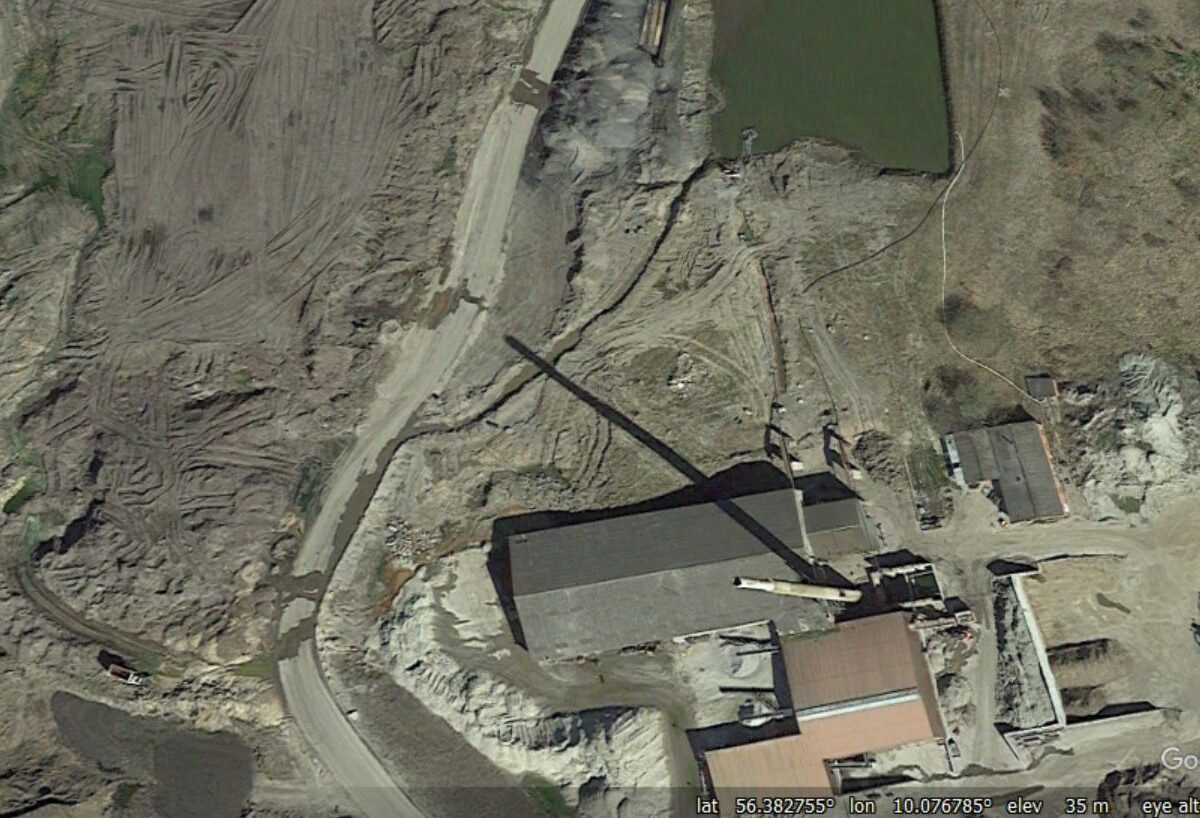Orienting global change science so that it informs national security issues will help us develop interventions that promote social stability and ecological well-being.
pollution
Balancing the Deep Ocean Plastics Budget
Up to 11 million metric tons of plastic are sitting on the seafloor, mostly near coasts and shipping corridors.
Núcleos de hielo de la Antártica capturan la contaminación de los metales pesados y su historia
Un núcleo de hielo que tiene registro más de 2 milenios, sugiere que la minería y la metalurgia aumentaron y disminuyeron con acontecimientos como las guerras y las epidemias.
Chemodiversity Could Indicate Freshwater Ecosystem Health
High-resolution mass spectrometry provides innovative analyses of dissolved organic matter.
Air Pollution Has Masked Climate Change’s Influence on U.S. Rainfall
A study suggests that high levels of aerosol pollution have offset higher precipitation levels caused by a warming climate.
Manila Confronts Its Plastic Problem
The Philippine capital is the latest city to address rampant plastic pollution through a community-guided protocol.
Antarctic Ice Cores Capture Heavy Metal Pollution—And History
An ice core record stretching back more than 2 millennia hints at the mining and metallurgy that waxed and waned with events such as wars and epidemics.
Ignored Paths of Uranium Exposure Illuminated by Havasupai Tribe
An agency-tribal partnership is identifying exposure risks previously not considered in mining risk assessments.
In the Great Pacific Garbage Patch, New Marine Ecosystems Are Flourishing
Sea life, stuck to plastic bottles and other human trash, has journeyed far from coastal habitats—and may threaten local species
The Nordic Waste landslide scandal in Denmark
The Landslide Blog is written by Dave Petley, who is widely recognized as a world leader in the study and management of landslides. In Denmark , there is a substantial scandal rumbling on around a substantial landslide at a site owned by Nordic Waste, a company specialising in dealing with contaminated soil. The site in […]










